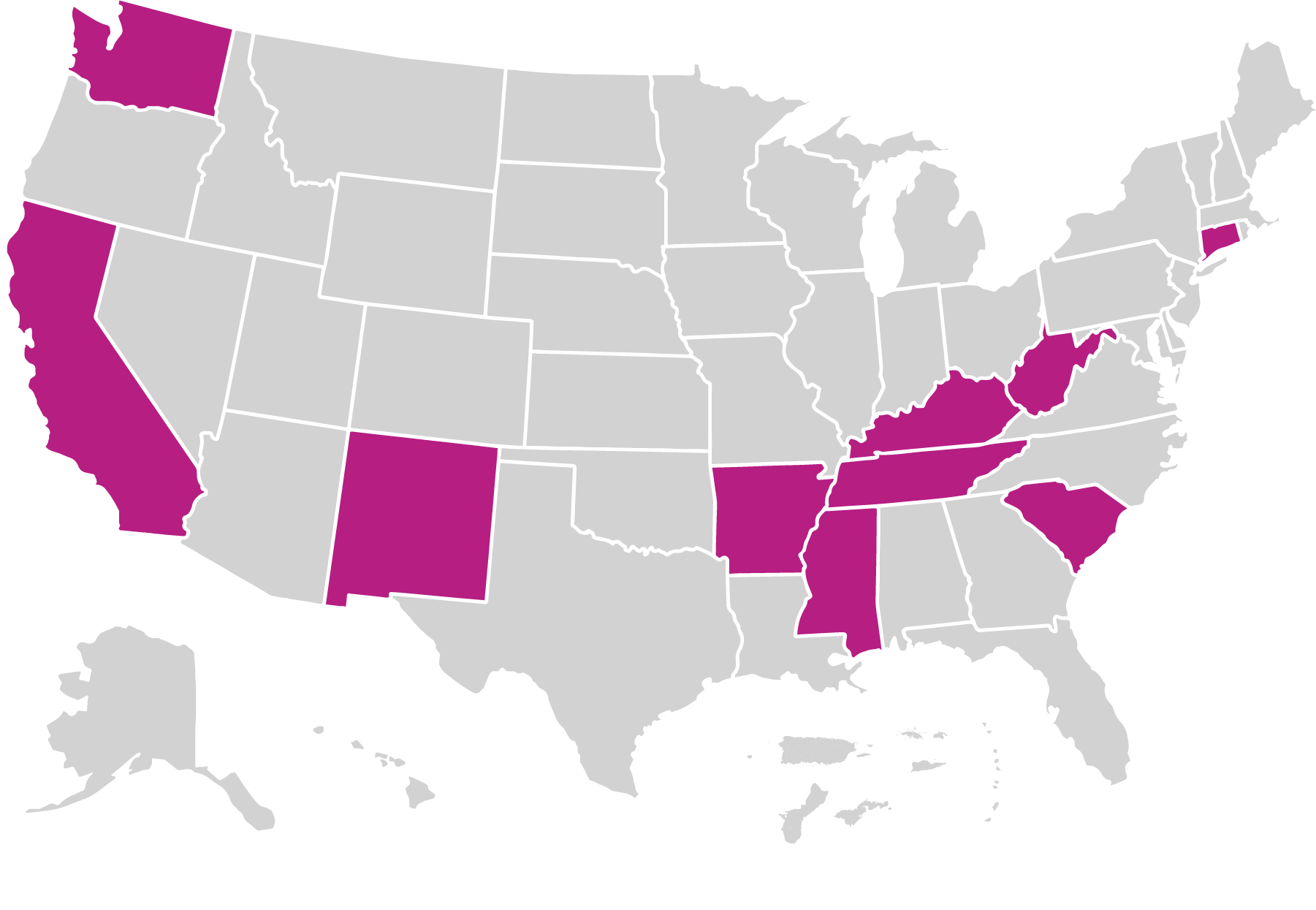Early Steps to School Success
Early Steps to School Success (ESSS) builds strong foundations for parenting and school readiness in communities with limited resources. The model aims to help provide children with the skills necessary for success in school; empower parents with the knowledge and skills to support their children’s education; strengthen the connection between the home, school, and community; and significantly increase early childhood knowledge and skills in communities.
What is the model’s approach to providing home visiting services?
Home visits take place twice a month until a child is 3 years old. ESSS recommends that families begin services prenatally, but they can enroll any time before the child is 2 years old.
ESSS’ service population includes the following:
- Expectant caregivers
- Families with low incomes
- First-time caregivers
- Caregivers under 21 years old
- Caregivers with limited access to education
Who is implementing the model?
Home Visitors
ESSS was implemented by 151 full-time equivalent (FTE) home visitors in 2023. The model requires a high school diploma or GED and experience working with families and children for home visitors; an associate’s or bachelor’s degree and experience in home visiting and child health and/or development are recommended. Home visitors are required to maintain a caseload of 20 children.
Supervisors
ESSS was implemented by 20 FTE supervisors in 2023. The model requires a bachelor’s degree and experience in early education, child health and/or development, home visiting, staff supervision, and working with families and children for supervisors; a master’s degree is recommended.
Where is the model implemented?
ESSS operated in 155 local agencies across 10 states in 2023.

Families Served Through Home Visiting in 2023
Race
1% Native American
<1% Asian/Pacific Islander
22% Black
67% White
1% Multiple
8% Another race
Ethnicity
26% Hispanic or Latino
74% Not Hispanic or Latino
Caregiver age
7% ≤21 years
40% 22-29 years
48% 30-44 years
5% ≥45 years
Caregiver education
14% No HS diploma
47% HS diploma or GED
20% Some college or training
19% Bachelor's degree or higher
Primary language
82% English
17% Spanish
1% Another language
Household income
85% Low-income status
15% Not low-income status
Child age
13% <1 year
54% 1-2 years
32% 3-5 years
